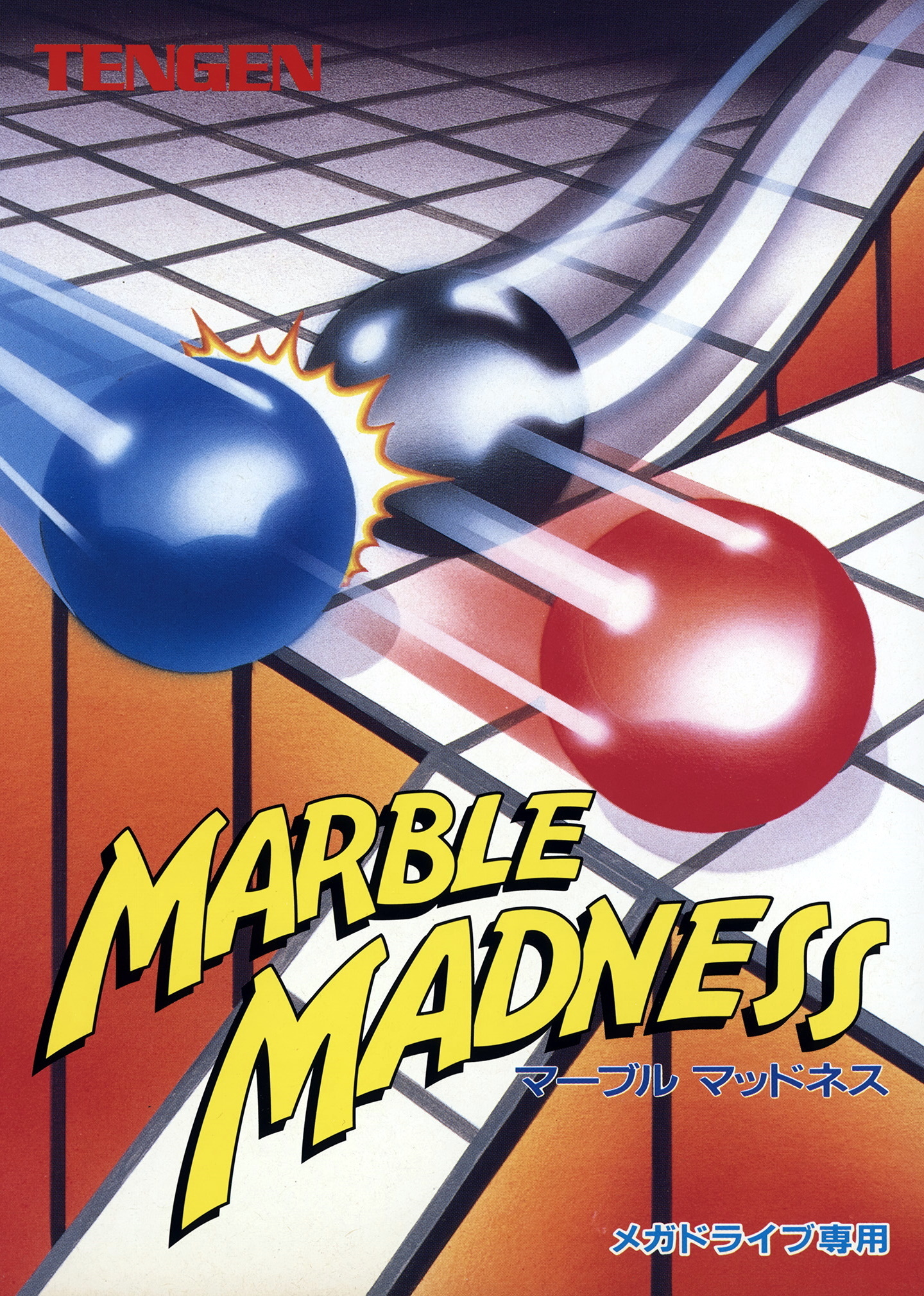
Use either, but not both at the same time. The second is a header style USB port (top left header). USB: There are two USB connections The first one is the a standard USB type B port.This section covers the pinout of the zero-delay encoder board. The encoder board is also powered from this USB connection.
Arcade control panel Pc#
Both encoder boards will connect via USB to your PC or Raspberry Pi.

You’ll need two zero-delay encoder boards to connect a 2-player kit. It has all of the connections needed for a single player set of controls. The zero-delay encoder is a fantastic piece of equipment. However, we highly recommend you check each wire before supplying power to the board as it is possible to damage the board if wired incorrectly. The zero-delay encoder does have some basic protection for miswiring. In this section, we will cover the basics of this board, its pinout, and wiring diagrams. The arcade controls wiring wouldn’t be complete without connecting everything to the encoder board. Arcade Controls Wiring: Button Diagram Arcade Controls Wiring: Connecting to the Encoder If your smaller 24mm buttons are not lighting up, please try swapping the red and black LED wires on the back of the button. It is possible to reverse the polarity by rewiring the header on the LED pins should you choose to change this.ĪTTENTION: We have had a small amount of the smaller 24mm buttons come with the positive and negative leads reversed. The black wire from the encoder board indeed delivers +5V and the red is indeed ground. We don’t know why this was decided, but it is backwards from standard convention. NOTE: Arcade controls for decades have wired the red wire to the negative and the black wire to the positive. The pin on the right is the LED anode (or positive wire ). The pin on the left is the LED cathode (or negative wire ). The LED pins are the pins placed directly below the microswitch housing. These will go to the B1-B13 connections on the arcade controls zero-delay encoder board., Polarity isn’t technically important, but we recommend keeping the red wire on pin 1 and the black wire on pin 2 for simplicity sake and later troubleshooting. This pins are switched by pressing the arcade buttons.

The microswitch are the two pins that inset in a gray or black plastic housing. The buttons have four pins on the bottom that are separated into two pairs: The microswitch and the LED. The first step in our Arcade Controls wiring, is understanding the buttons. These instructions may also be useful for adapting arcade controls and buttons to other platforms, such as Arduinos or Raspberry Pi computers. If you do not have a Geek Pub arcade controls kit, these instructions may still be useful, as most arcade kits are fairly standard wiring. This includes wiring diagrams for the joystick, buttons, LEDs, and zero-delay encoder boards. This page covers the arcade controls wiring instruction for The Geek Pub arcade kits.


 0 kommentar(er)
0 kommentar(er)
